Info
Subfamily: Panicoideae
Genus etymology: Entolasia = "within hairy" [Greek] refring to the hairy lemma hidden under the sterile lemma
Species etymology: marginata = "border possessing" [Latin] refering to the white margin of the leaves
Photosynthetic type: C3 (cool season)
Nativity: naturalized - intentional
First recorded in Hawaiʻi: 1995
Map
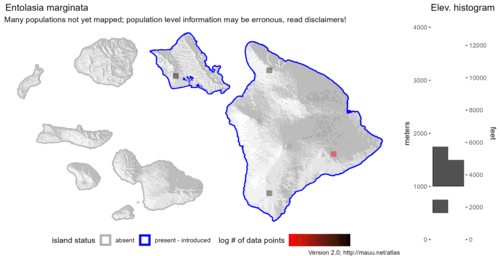
Inflorescence
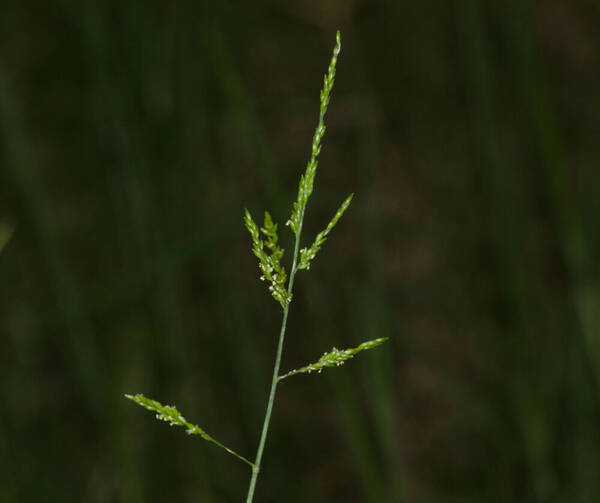
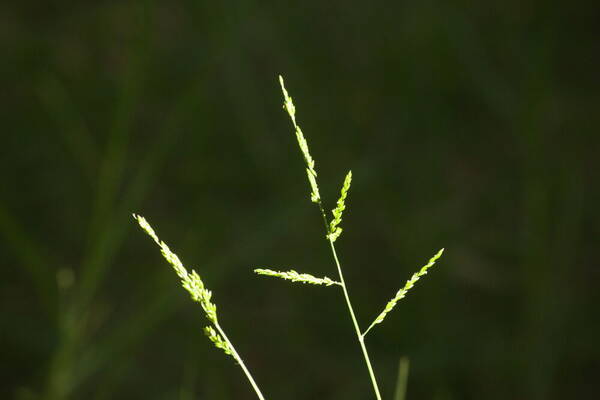
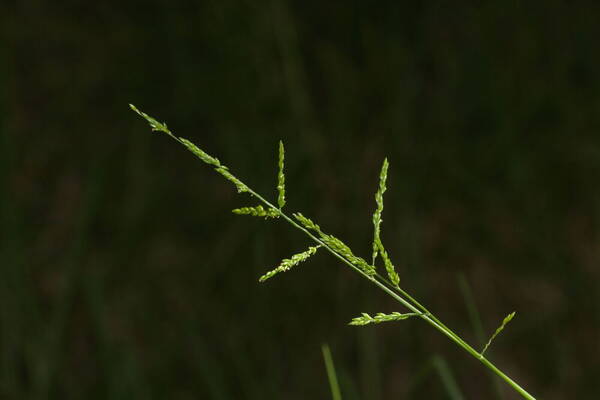
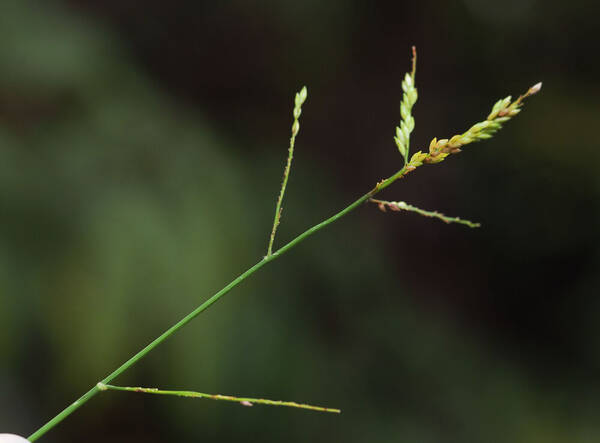
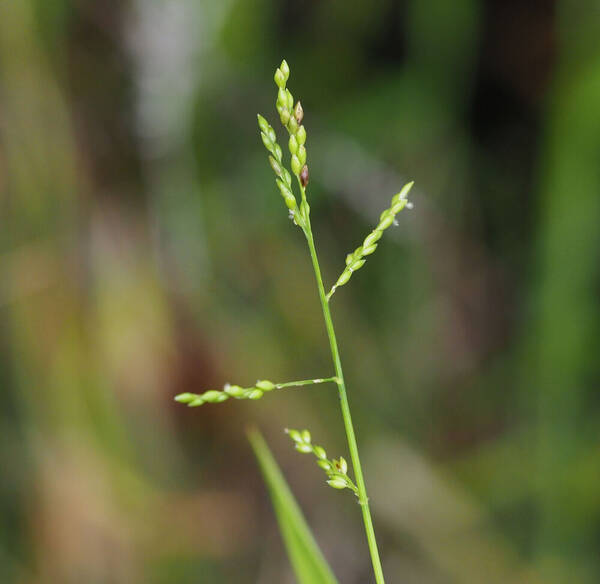
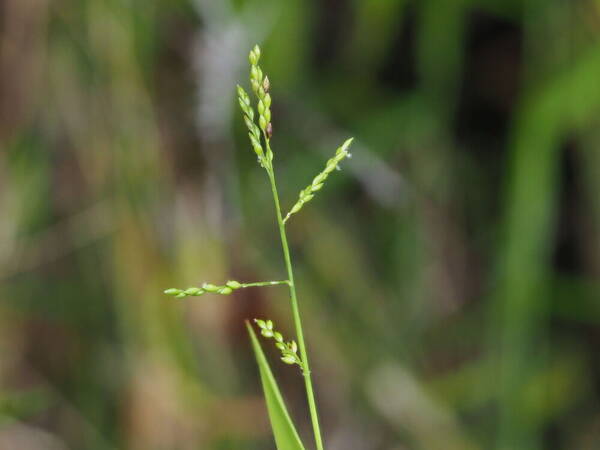
Plant
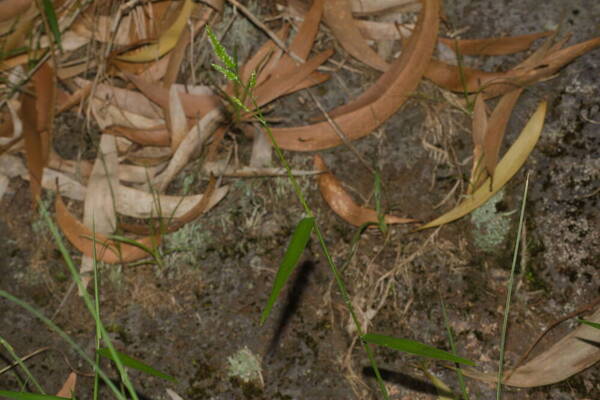
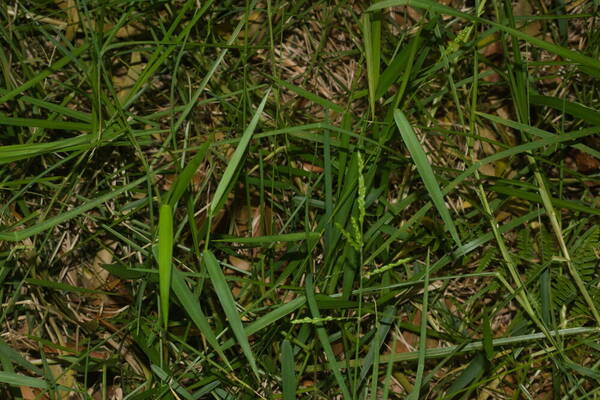
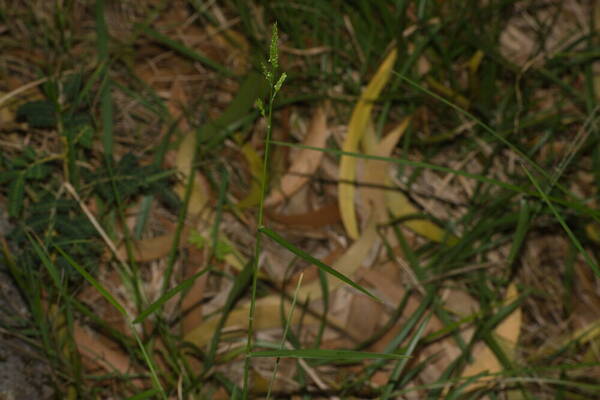
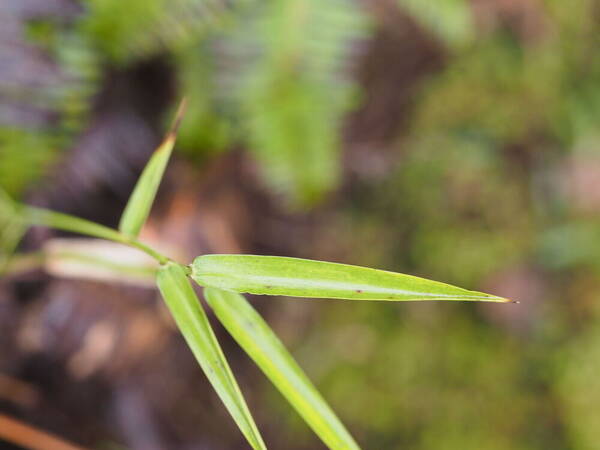
Habit

Spikelets
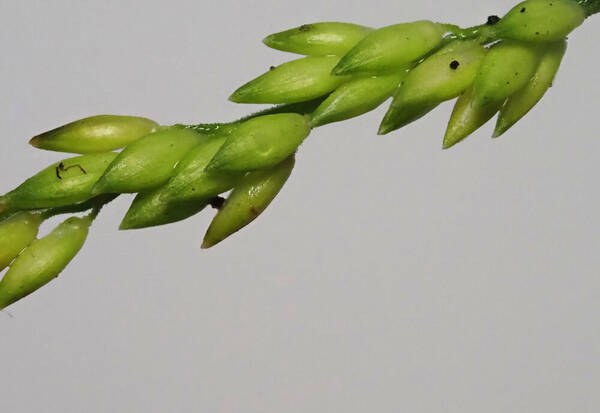
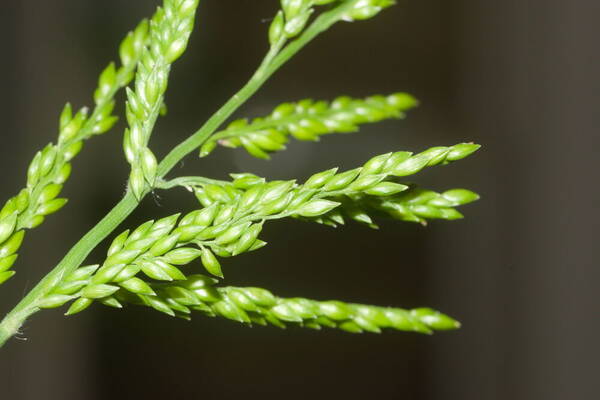
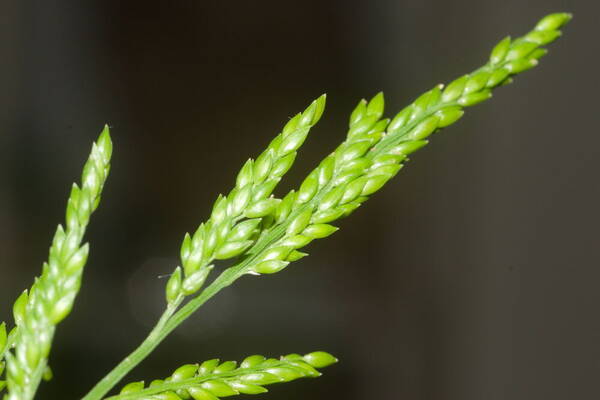
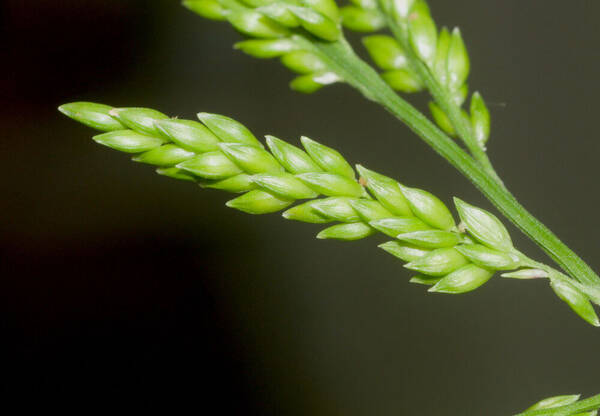
Description
Habit: Perennial. Rhizomes short. Butt sheaths pilose. Culms geniculately ascending, or decumbent, or rambling; 20-60(-200) cm long; wiry; 4-10 -noded; without nodal roots, or rooting from lower nodes. Culm-internodes scaberulous; distally glabrous, or hirsute; with tubercle-based hairs. Culm-nodes glabrous, or pubescent. Ligule a fringe of hairs. Leaf-blades linear, or lanceolate; flat; 3-20 cm long; 2-15 mm wide. Leaf-blade midrib evident. Leaf-blade surface scabrous; glabrous, or hirsute; sparsely hairy; with tubercle-based hairs. Leaf-blade margins cartilaginous; ciliate; hairy at base. Leaf-blade apex attenuate; simple. Inflorescences: Inflorescence composed of racemes. Racemes 3-10; borne along a central axis; erect; unilateral; 1-12 cm long; bearing 2-12 fertile spikelets on each (secondary); simple, or secondarily branched. Central inflorescence axis 4-20 cm long. Rhachis angular; scaberulous on margins. Spikelet packing adaxial; regular; 2 -rowed. Spikelets solitary. Fertile spikelets pedicelled. Pedicels linear; flattened. Spikelets: Spikelets comprising 1 basal sterile florets; 1 fertile florets; without rhachilla extension. Spikelets lanceolate; dorsally compressed; acute, or acuminate; 2.5-3.8 mm long; falling entire. Fertile Spikelets: Spikelets comprising 1 basal sterile florets; 1 fertile florets; without rhachilla extension. Spikelets lanceolate; dorsally compressed; acute, or acuminate; 2.5-3.8 mm long; falling entire. Glumes: Glumes dissimilar; exceeding apex of florets; thinner than fertile lemma. Lower glume ovate; 0.5-1 mm long; 0.2-0.25 length of spikelet; membranous; without keels; 1 -veined. Lower glume lateral veins absent. Lower glume apex acute. Upper glume ovate; 2.5-3.8 mm long; 1 length of adjacent fertile lemma; 1 length of spikelet; herbaceous; without keels; 5 -veined. Upper glume apex acute. Flowers: Basal sterile florets barren; without significant palea. Lemma of lower sterile floret similar to upper glume; ovate; 2.5-3.8 mm long; 1 length of spikelet; herbaceous; 5 -veined; acute. Fertile lemma elliptic; dorsally compressed; 2-3 mm long; coriaceous; without keel; 5 -veined. Lemma lateral veins obscure. Lemma surface pubescent; hairy all along. Lemma margins involute. Lemma apex acute. Palea involute; coriaceous; 2 -veined. Palea surface pubescent. Distribution: Asia-tropical: Papuasia. Australasia: Australia and New Zealand. Pacific: north-central.
(Description source: Clayton, W.D., Vorontsova, M.S., Harman, K.T. and Williamson, H. (2006 onwards). GrassBase - The Online World Grass Flora. Available at https://powo.science.kew.org )